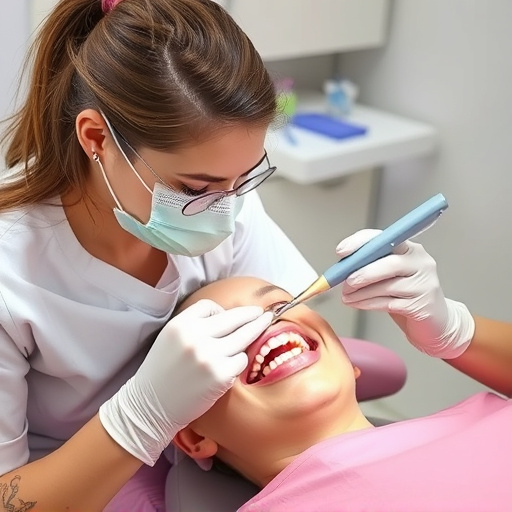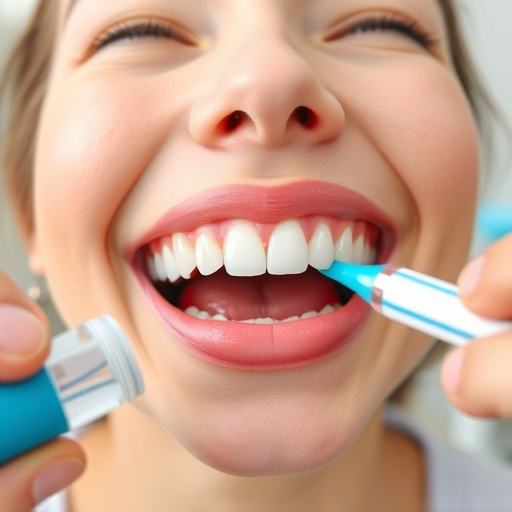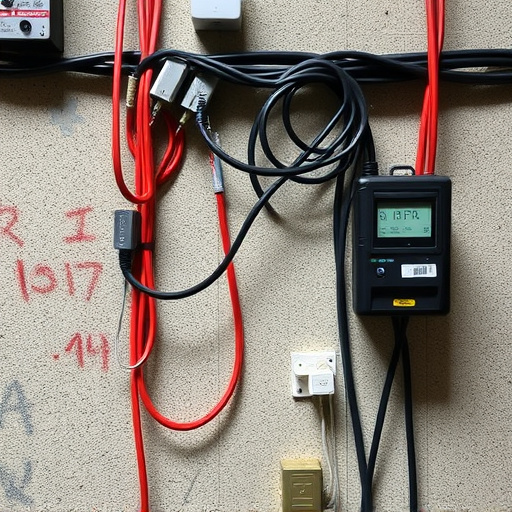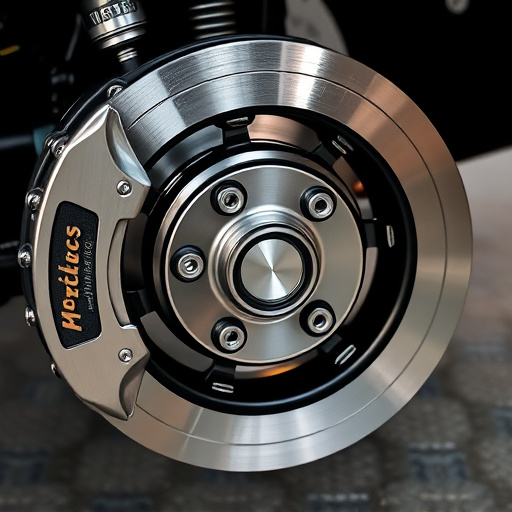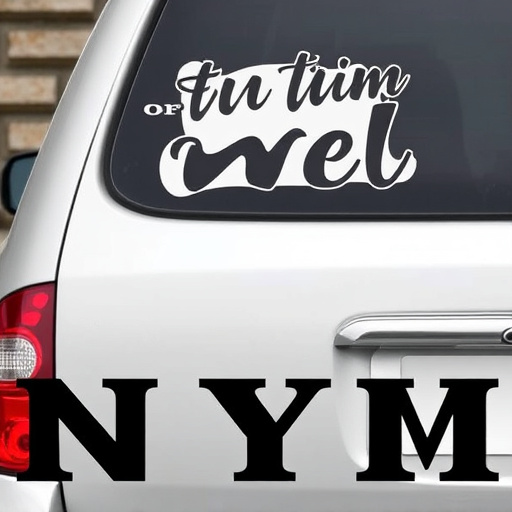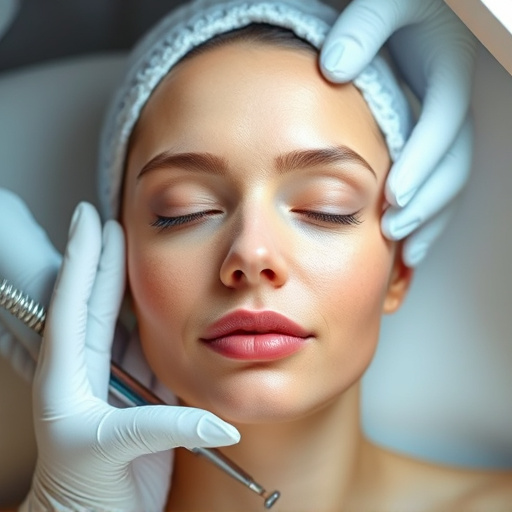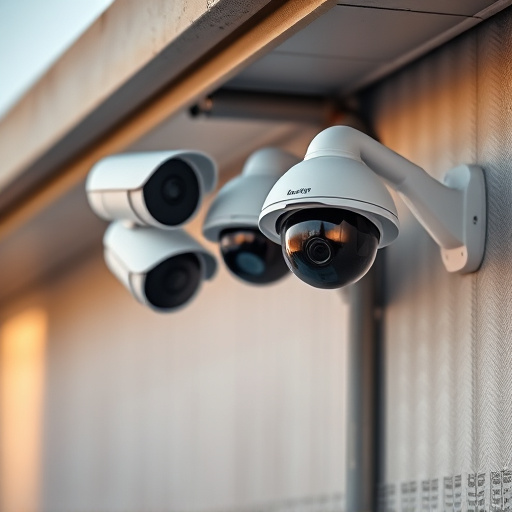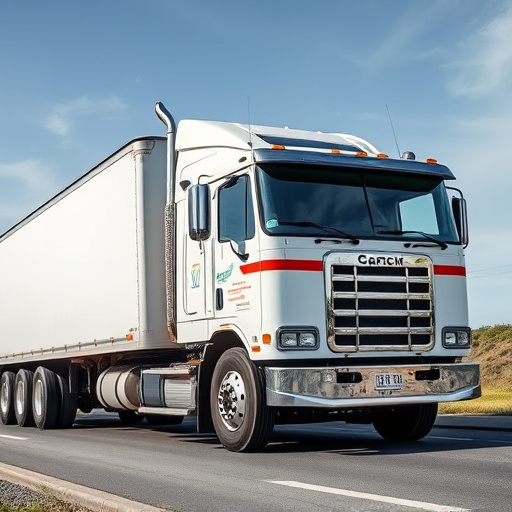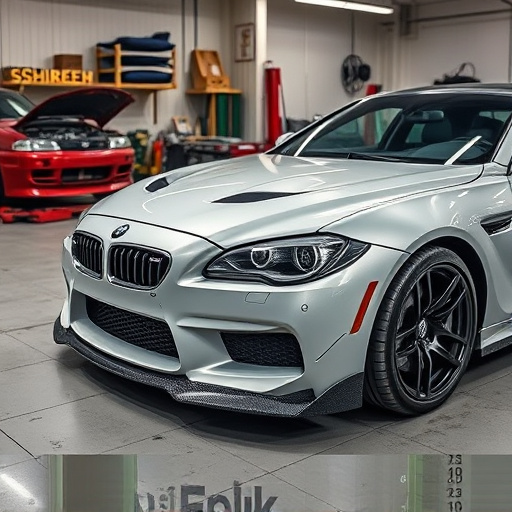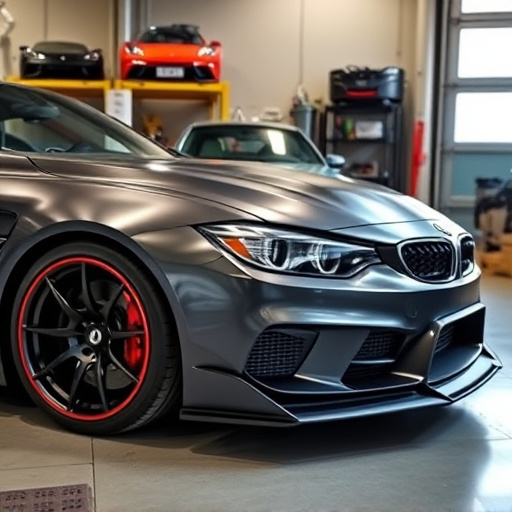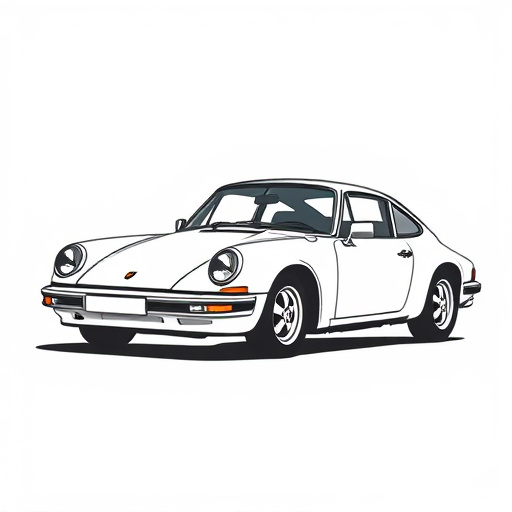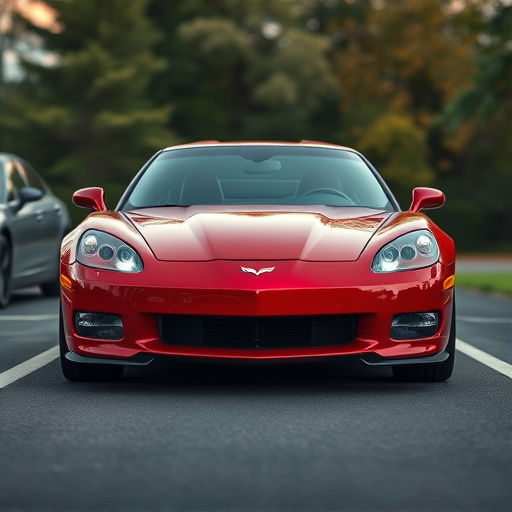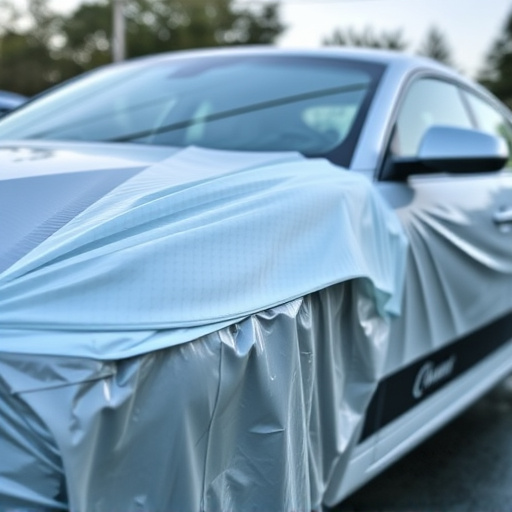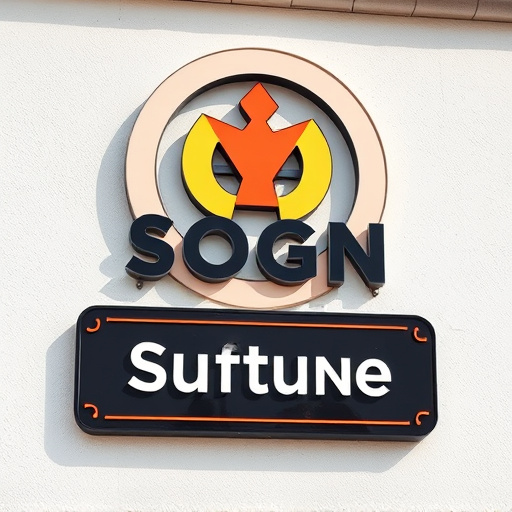TL;DR: Preparing a surface for ceramic coating involves a meticulous process of cleaning, degreasing, drying, and repairing defects like scratches. This crucial step ensures even application and optimal results, enhancing vehicle protection in automotive detailing or car customization with PPF (Paint Protection Film). Proper preparation extends coating lifespan and delivers a durable, glossy finish comparable to high-quality paint protection films.
“Discover the art of ceramic coating application with our comprehensive guide, designed to transform your surfaces. From preparation to post-care, learn the essential do’s and don’ts for achieving a durable, aesthetically pleasing finish. Ensure surface readiness by decontaminating and checking substrate conditions—a crucial step often overlooked. Master application techniques, select the right products, and avoid common pitfalls like overspray. Uncover ideal curing conditions and tips to enhance durability and aesthetics. Optimize your ceramic coating process with these expert insights.”
- Preparation and Surface Readiness
- – Ensuring surface cleanliness and decontamination
- – Checking for suitable substrate conditions
Preparation and Surface Readiness
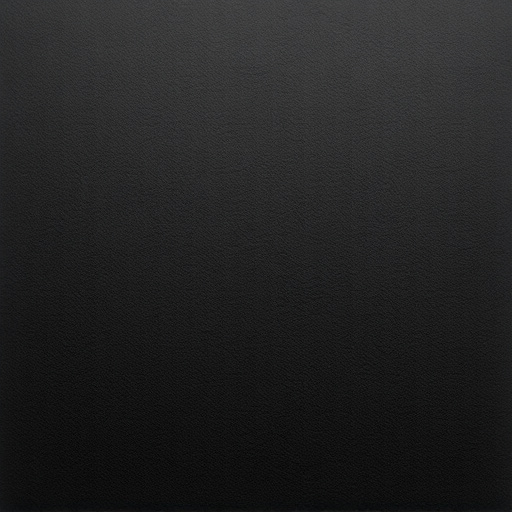
Before applying any ceramic coating, ensuring your surface is properly prepared and ready is paramount. This process involves meticulous cleaning to remove dirt, grease, and other contaminants that could impair adhesion. A proper degreasing solution and a thorough wash are non-negotiable steps for achieving a pristine finish. The surface must also be thoroughly dried to prevent water spots or any remaining moisture from affecting the coating’s integrity.
Additionally, examining the surface for any defects, such as scratches or swirls, is crucial. Repairs should be made prior to application to ensure an even and long-lasting coat. Sanding the surface lightly can help smooth out irregularities, enhancing the overall quality of the ceramic coating application, ultimately contributing to the superior vehicle protection offered by premium automotive services and vehicle wraps.
– Ensuring surface cleanliness and decontamination
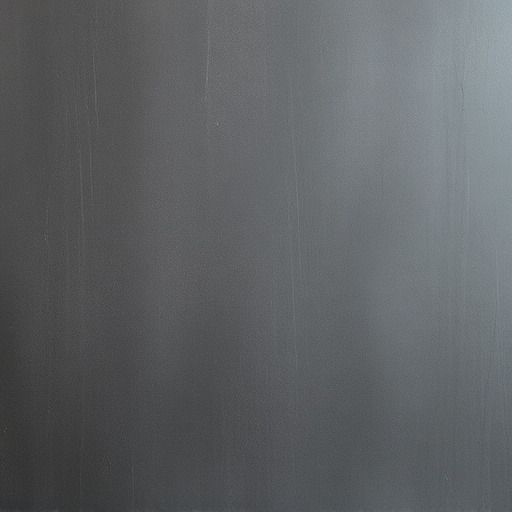
Before applying any ceramic coating, proper preparation is key. Ensuring that the surface is free from contaminants and dirt is crucial for a successful ceramic coating application. Begin by thoroughly washing the car or object to be coated using a mild, pH-balanced detergent and deionized water. This process eliminates surface impurities, grease, and wax residues that could hinder the bonding of the ceramic layer. After washing, it’s essential to decontaminate the surface using specialized tools like microfiber cloths and decontamination solutions to remove any remaining contaminants and ensure optimal coating adhesion.
For automotive detailing enthusiasts or those looking to car customize with professional PPF (Paint Protection Film) installation, this initial step is particularly vital as it prepares the car’s paintwork for a durable, glossy finish. A clean and contaminant-free surface not only enhances the overall aesthetics but also prolongs the lifespan of the ceramic coating, making it an indispensable part of any automotive detailing regimen.
– Checking for suitable substrate conditions
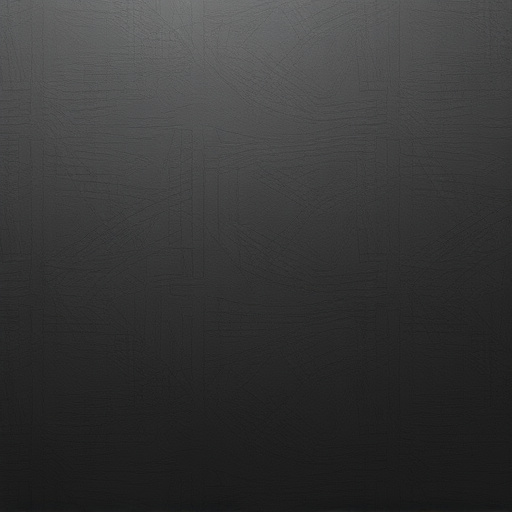
Before initiating the ceramic coating application process, it’s paramount to assess and ensure your substrate—typically a car’s paintwork or other surfaces—meets optimal conditions. This involves verifying the absence of defects like deep scratches, bubbles, or unevenness that could compromise the integrity of the coating. A smooth, clean, and properly prepared surface is essential for achieving the best results from premium automotive services or professional PPF installation.
Additionally, understanding the environmental factors, such as temperature and humidity levels, is crucial. Many ceramic coatings have specific application guidelines regarding these conditions to ensure they cure correctly. Proper substrate preparation not only extends the lifespan of your protective film but also enhances its aesthetics, providing a glossy, durable finish comparable to that of a high-quality paint protection film.
Ceramic coating application is a precise process that, when executed correctly, can significantly enhance vehicle protection and aesthetics. By meticulously preparing the surface, ensuring cleanliness, and checking substrate conditions, you lay the foundation for a successful coating job. Remember, the do’s and don’ts outlined in this article are key to achieving optimal results, protecting your vehicle from the elements, and preserving its value over time.
